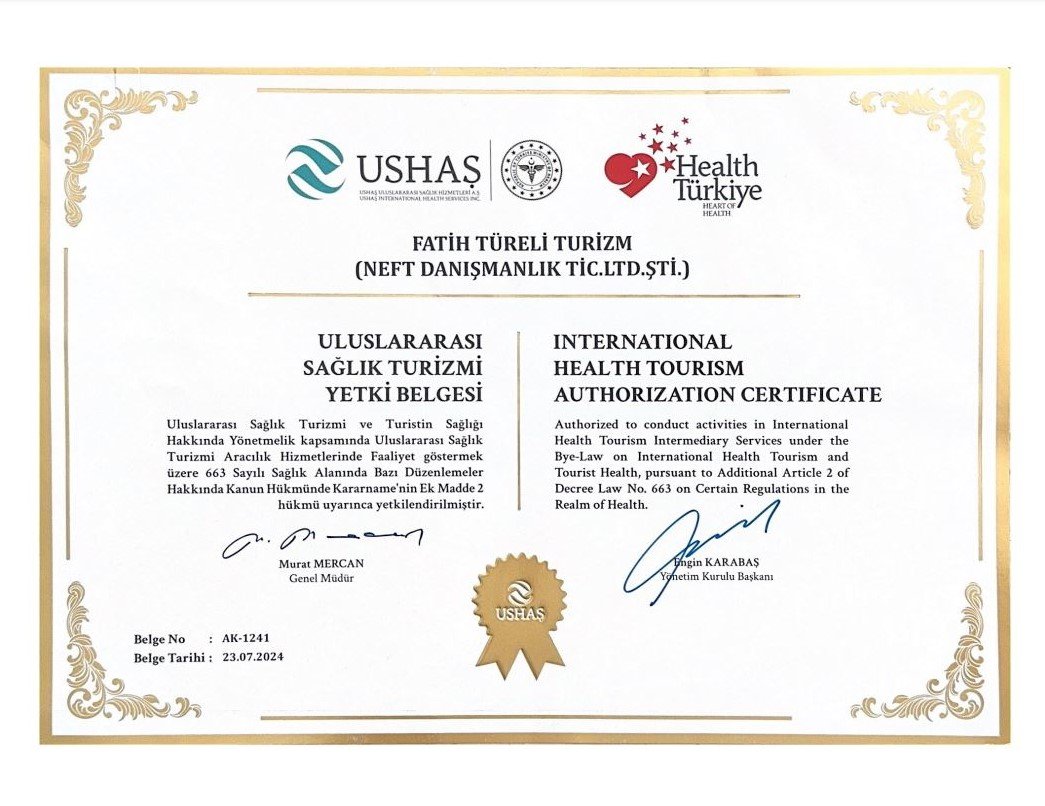Treatments
Retinal Treatments
The human eye is a marvel of biological engineering, capable of perceiving an astonishing array of colors, shapes, and movements. However, like any other part of the body, the eye is susceptible to various disorders and diseases, particularly within the retina – a thin layer of tissue at the back of the eye that is crucial for vision. Recent advancements in medical science have ushered in a new era of retinal treatments, offering hope and improved vision for millions suffering from retinal diseases. This article delves into the latest retinal treatments, their mechanisms, and their potential to transform lives. Understanding the Retina Before diving into the treatments, it is vital to understand the function and structure of the retina. The retina contains millions of light-sensitive cells called photoreceptors, which convert light rays into electrical signals. These signals are then transmitted to the brain via the optic nerve, enabling us to see. Diseases such as macular degeneration, diabetic retinopathy, and retinal detachment can impair this process, leading to partial or complete vision loss. Traditional Retinal Treatments Traditionally, retinal diseases have been treated with a combination of laser therapy, medication, and surgery. Laser photocoagulation, for instance, has been used to treat diabetic retinopathy by sealing or destroying leaking blood vessels in the retina. Vitrectomy, another common procedure, involves removing the vitreous gel from the eye to repair retinal detachment. The Dawn of a New Era – Advanced Retinal Treatments Recent years have witnessed remarkable progress in retinal treatments, driven by technological innovations and extensive research. Some of the most promising advancements include: 1. Anti-VEGF Therapy: This treatment involves injecting medications into the eye to inhibit vascular endothelial growth factor (VEGF), a protein responsible for the growth of abnormal blood vessels in the retina. Anti-VEGF therapy has proven highly effective in treating age-related macular degeneration and diabetic retinopathy. 2. Gene Therapy: Scientists are exploring the potential of gene therapy to treat inherited retinal diseases by correcting faulty genes responsible for vision loss. 3. Stem Cell Therapy: This revolutionary treatment entails using stem cells to replace damaged or degenerated retinal cells, potentially restoring vision. 4. Microelectronic Implants: Researchers are developing sophisticated implants that can mimic the function of the retina, providing a bionic solution to vision loss. The Future of Retinal Treatments The future of retinal treatments is incredibly promising, with ongoing research and clinical trials aiming to refine existing therapies and develop new ones. As we continue to unravel the complexities of the retina and the diseases that affect it, the potential for restoring vision and improving the quality of life for millions becomes increasingly tangible. The progress in retinal treatments over the past few decades has been nothing short of transformative, offering hope and renewed vision for those affected by retinal diseases. From traditional laser therapies to cutting-edge gene and stem cell therapies, the landscape of retinal treatment is continually evolving, driven by innovation, research, and a relentless pursuit of answers. As we look forward to a future where vision loss is no longer irreversible, the promise of these advanced retinal treatments shines brightly on the horizon, illuminating the path toward a brighter, clearer future.

 Türkçe
Türkçe Русский
Русский Кыргызча
Кыргызча Arabian
Arabian Français
Français Deutsch
Deutsch Español
Español



